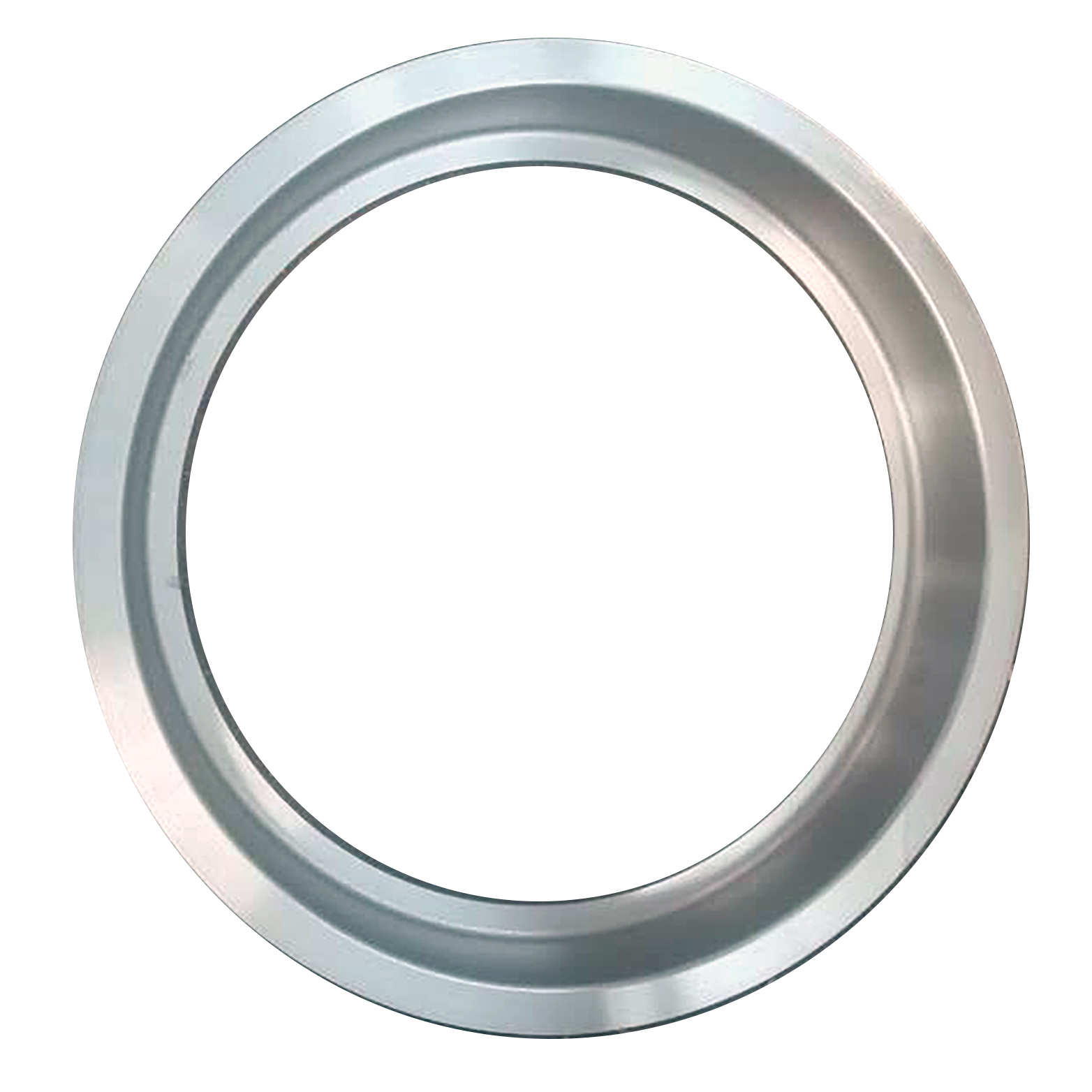- Afrikaans
- Albanian
- Amharic
- Arabic
- Armenian
- Azerbaijani
- Basque
- Belarusian
- Bengali
- Bosnian
- Bulgarian
- Catalan
- Cebuano
- China
- China (Taiwan)
- Corsican
- Croatian
- Czech
- Danish
- Dutch
- English
- Esperanto
- Estonian
- Finnish
- French
- Frisian
- Galician
- Georgian
- German
- Greek
- Gujarati
- Haitian Creole
- hausa
- hawaiian
- Hebrew
- Hindi
- Miao
- Hungarian
- Icelandic
- igbo
- Indonesian
- irish
- Italian
- Japanese
- Javanese
- Kannada
- kazakh
- Khmer
- Rwandese
- Korean
- Kurdish
- Kyrgyz
- Lao
- Latin
- Latvian
- Lithuanian
- Luxembourgish
- Macedonian
- Malgashi
- Malay
- Malayalam
- Maltese
- Maori
- Marathi
- Mongolian
- Myanmar
- Nepali
- Norwegian
- Norwegian
- Occitan
- Pashto
- Persian
- Polish
- Portuguese
- Punjabi
- Romanian
- Russian
- Samoan
- Scottish Gaelic
- Serbian
- Sesotho
- Shona
- Sindhi
- Sinhala
- Slovak
- Slovenian
- Somali
- Spanish
- Sundanese
- Swahili
- Swedish
- Tagalog
- Tajik
- Tamil
- Tatar
- Telugu
- Thai
- Turkish
- Turkmen
- Ukrainian
- Urdu
- Uighur
- Uzbek
- Vietnamese
- Welsh
- Bantu
- Yiddish
- Yoruba
- Zulu
Aug . 06, 2024 11:38 Back to list
Achieving Excellence in Production Through High-Quality Casting Techniques and Methodologies
High-Quality Casting The Art and Science Behind Precision
Casting is an essential manufacturing process that involves pouring liquid material into a mold to form a solid object once it cools and solidifies. The quality of the casting significantly influences the final product's performance, durability, and appearance. High-quality casting is crucial across various industries, including automotive, aerospace, and sculptures. It encompasses meticulous attention to detail, advanced technology, and skilled craftsmanship.
The cornerstone of high-quality casting lies in the choice of materials. Common materials used in casting include metals like aluminum, iron, and steel, as well as non-metals such as plastics and ceramics. Each material has unique properties that influence the casting process and the characteristics of the final product. For instance, aluminum is lightweight and resistant to corrosion, making it ideal for automotive components where weight reduction is critical. Choosing the right material based on specific application requirements can significantly enhance the casting's overall quality.
High-Quality Casting The Art and Science Behind Precision
Once the mold is prepared, the liquid material is heated to a point where it becomes fluid enough to flow into the mold cavities. The temperature must be carefully controlled to ensure that the material achieves the desired properties without compromising its integrity. Overheating can lead to defects such as oxidation or warping, while insufficient heating might result in poor filling of the mold. Precision in temperature control is a hallmark of high-quality casting.
high quality casting

Cooling and solidification are critical stages in the casting process. The rate at which a material cools affects its microstructure and, consequently, its mechanical properties. For high-quality casting, controlled cooling methods, such as the use of cooling channels in the mold or post-casting heat treatments, are implemented to achieve uniform properties throughout the material. This step is essential in preventing defects, such as brittleness or hardness inconsistencies, which could undermine the product's performance.
Moreover, inspection and testing are integral to high-quality casting. After the casting has cooled and solidified, products undergo rigorous quality control measures to detect any defects or inconsistencies. Techniques such as X-ray inspection, ultrasonic testing, and visual inspections ensure that the casting meets industry standards and specifications. Any defects found during inspections can lead to rework or scrapping of the casting, thus emphasizing the necessity of robust quality assurance processes.
Ultimately, high-quality casting can significantly impact the lifecycle of a product. Components that are reliably manufactured through meticulous casting processes lead to better performance and longevity, reducing maintenance costs and enhancing safety. Industries that prioritize high-quality casting can maintain competitive advantages and build reputations for excellence.
In conclusion, high-quality casting is an intricate process that combines careful material selection, precise mold design, controlled thermal processes, and stringent quality control measures. As technology advances, so does the ability to produce intricate and high-performance components through casting, thus expanding its applications and ensuring that it remains a critical element in manufacturing across multiple sectors. Embracing these principles not only improves product quality but also cultivates innovation and efficiency within the industry.
-
8mm Thin-Walled Cast Steel Manhole Cover Pallet Bottom Ring | Durable
NewsAug.04,2025
-
Premium Cast Iron Water Main Pipe: Durable, Corrosion-Resistant
NewsAug.03,2025
-
Durable Cast Iron Water Mains | AI-Optimized Systems
NewsAug.02,2025
-
High-Efficiency Propane Boiler for Baseboard Heat | Save Energy
NewsAug.01,2025
-
Premium Source Suppliers for Various Gray Iron Castings
NewsJul.31,2025
-
Durable Cast Iron Water Main Pipes | Long-Lasting
NewsJul.31,2025


